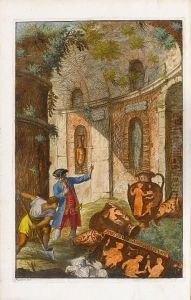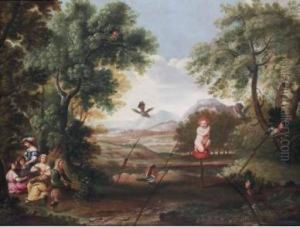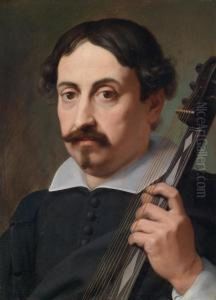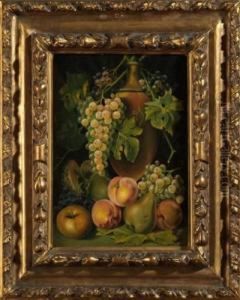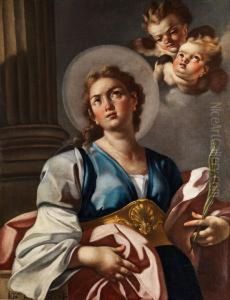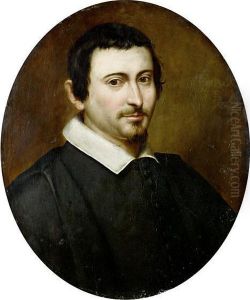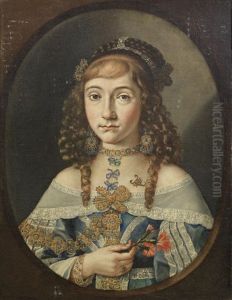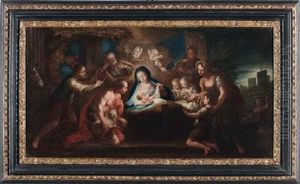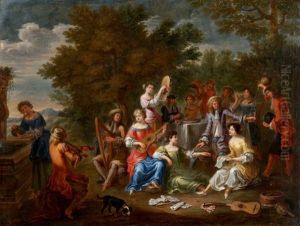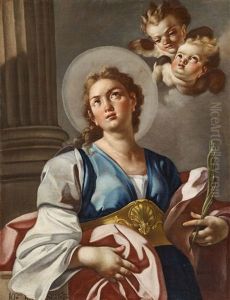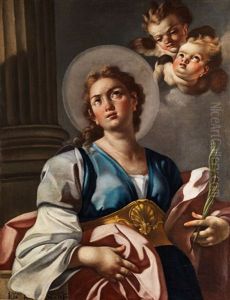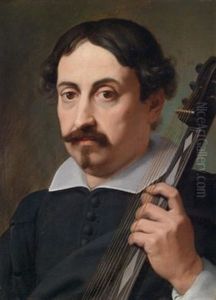Giovanni Battista Passeri Paintings
Giovanni Battista Passeri was an Italian painter and art historian born in 1610 in Viterbo, a city in the Lazio region of Italy. Though he is somewhat lesser-known in the grand panorama of Italian art, Passeri contributed significantly to the Baroque movement, which was characterized by dramatic use of light, intense emotions, and a vivid sense of movement. Passeri's artistic career was primarily centered around Rome, where he was influenced by the works of contemporaneous artists and the rich artistic heritage of the city.
Passeri was not only a painter but also one of the early art historians who significantly contributed to the documentation of the lives and works of artists from his era. His most famous work, 'Vite de' pittori, scultori ed architetti', was a biographical account of artists from the late Renaissance to his contemporary period. This work has been an invaluable resource for understanding the evolution of art in Italy during a transformative period in European art history. Through his detailed accounts, Passeri provides insights into the techniques, stylistic developments, and personal lives of artists, many of whom might have otherwise faded into obscurity.
Despite the importance of his written work, Passeri's own paintings have not received the same level of recognition. As a painter, he worked under the influence of the Baroque masters, and his artworks were characterized by the same exuberance and attention to detail that defined the period. However, compared to his contemporaries, Passeri's artistic output was modest, and many of his works have been lost or remain unidentified. His contribution to the history of art, therefore, lies more significantly in his efforts to preserve the memory and achievements of his peers through his writings.
Giovanni Battista Passeri died in 1679, leaving behind a legacy that would cement his place in art history not as one of its foremost painters but as one of its most diligent and insightful historians. His works continue to be referenced by scholars and art enthusiasts seeking to understand the depth and breadth of Italian Baroque art and the artists who propelled it forward.
![[etruscan Urn Depictions]: Eight Plates](https://www.niceartgallery.com/imgs/884317/s/giovanni-battista-passeri-etruscan-urn-depictions-eight-plates-62d73131.jpg)
